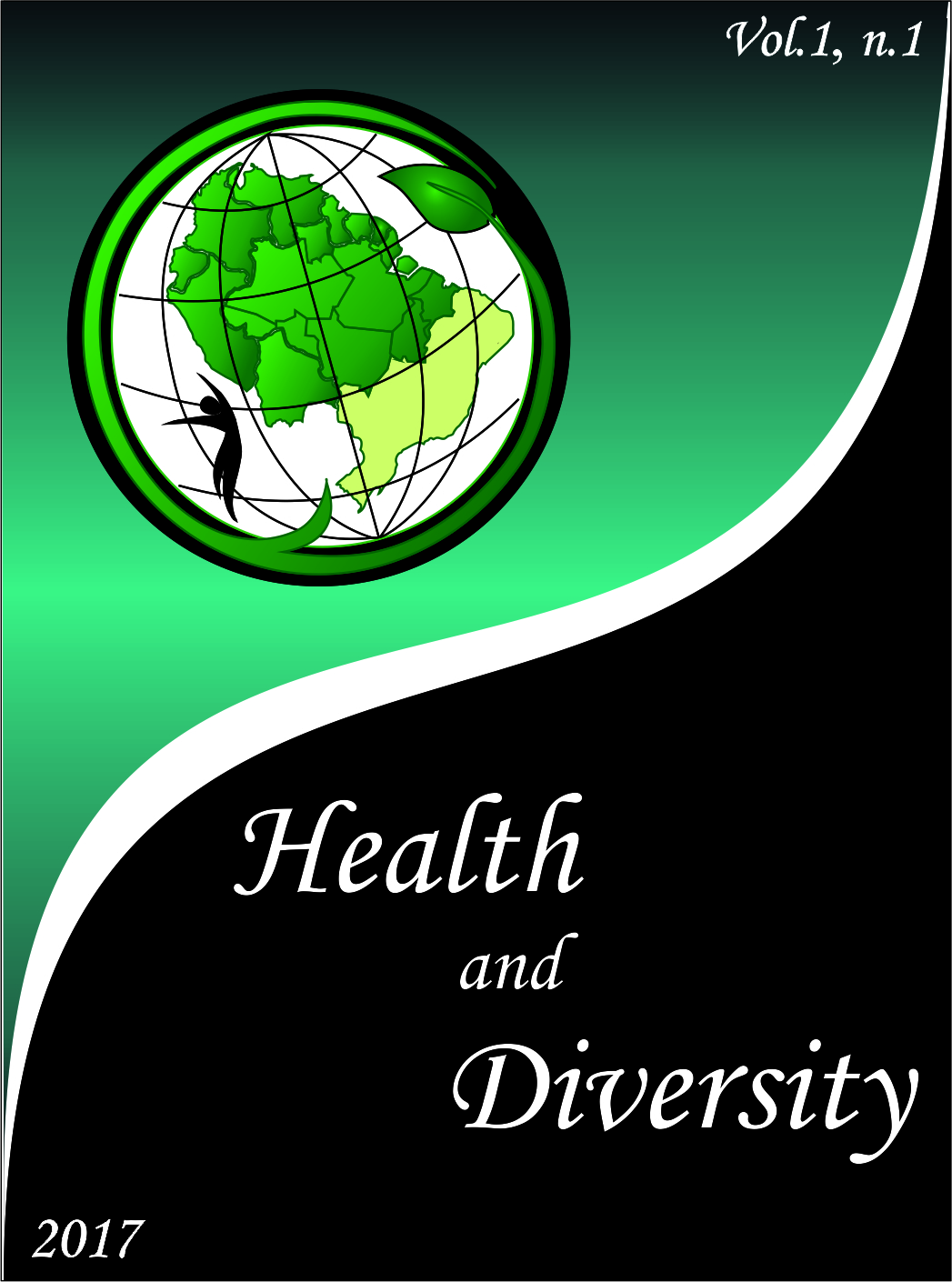Latex Allergy: Do we need to worry?
DOI:
https://doi.org/10.18227/hd.v1i1.7466Palavras-chave:
Risk groups, latex hypersensitivity, glovesResumo
Latex allergy is an important health problem in selected population groups, who are called risk groups. Health care workers constitute a risk group, particularly those working in laboratories, nursing, surgeries or anesthesia. The incidence of latex allergy increases with the degree of exposure. The clinical manifestations has great variability and can range from a skin rash to life-threatening reactions. Early recognition of symptoms can avoid severe reactions in the future. Primary preventive measures are the most effective way to reduce sensitization and are responsible for the great reduction in the number of cases at countries that have chosen to exclude latex from medical materials.
Downloads
Referências
Blanco C. Latex-fruit syndrome. Curr Allergy Asthma Rep 2003;3:47-53.
Beezhold DH, Sussman GL, Liss GM, Chang NS. Latexallergy can induce clinical reactions to specifi c foods. Clin Exp Allergy 1996;26:416-22.
Brehler R, Theissen U, Mohr C, Luger T. "Latex-fruit syndrome": frequency of cross-reacting IgE antibodies. Allergy 1997; 52: 404-10.
Cabañes N, Igea JM, de la Hoz B, Agustín P, Blanco C, Domínguez J et al. Latex Allergy: Position Paper. J Investig Allergol Clin Immunol 2012; 22(5): 313-30.
Centers for Disease Control and Prevention. Recommendations for prevention of HIV transmission in health-care settings. MMWR Morb Mortal Wkly Rep 1987; 36(suppl): 35-185.
Centers for Disease Control and Prevention. Guidelines for prevention of transmission of human immunodeficiency virus and hepatitis B virus to health-care and public safety workers. MMWR Morb Mortal Wkly Rep 1989; 38: 1-37.
Charous BL, Blanco C, Tarlo S, Hamilton RG, Baur X, Beezhold D, Sussman G, Yuginger JW. Natural rubber latex allergy after twelve years: recommendations and perspectives. J Allergy Clin Immunol 2002; 109: 31-4.
Fernandes AC, Bitu SOB, Violante Júnior FH. Alergia ao látex em pacientes portadores de mielomeningocele. Rev. Bras. Ortop. 2006; 41(6): 17-20.
Gaspar A, Faria E. Alergia ao látex. Rev Portug Imunoalergol 2012: 20(3): 173-92.
Grzybowski M, Ownby DR, Peyser PA, Johnson CC. The prevalence of anti-latex IgE antibodies among registered nurses. J Allergy Clin Immunol 1996; 98: 535-44.
Kahn SL, Podjasek JO, Dimitropoulos VA, Brown CW Jr. Natural rubber latex allergy. Dis Mon 2016; 62(1): 5-17.
Kurup VP, Yeang HY, Sussman GL, Bansal NK, Beezhold DH, Kelly KJ, Hoffman DR, Williams B, Fink JN. Detection of immunoglobulin antibodies in the sera of patients using purified latex allergens. Clin Exp Allergy 2000; 30:3 59-69.
Liss GM, Sussman GL. Latex sensitization: occupational versus general population prevalence rates. Am J Ind Med 1999; 35: 196-200.
Nieto A, Mazón A, Estornell F, Reig C, García Ibarra F. The search of latex sensitization in spina bifida: diagnostic approach. Clin Exp Allergy 2000; 30: 264-9.
Rego A, Roley L. In-use barrier integrity of gloves: latex and nitrile superior to vinyl. Am J Infect Control 1999; 27: 405-10.
Rihs H-P, Raulf-Heimsoth M. Natural rubber latex allergens: Characterization and evaluation of their allergenic capacity. New Horizons, Pharmacia Diagnostics AB 2003; No 3.
Santos KS, Gadermaier G, Vejvar E, Arcuri HA, Galvão CE, Yang AC, Resende VM, Martins Cde O, Himly M, Mari A, Liso M, Pomponi D, Breiteneder H, Wagner S, Kalil J, Ferreira F, Castro FF. Mol Nutr Food Res. 2013;57(6):1100-9.
Wallemacq PE, Capron A, Vanbinst R, Boeckmans E, Gillard J, Favier B. Permeability of 13 different gloves to 13 cytotoxic agents under controlled dynamic conditions. Am J Health Syst Pharm 2006;63:547-56.
Yeang HY, Cheong KF, Sunderasan E, Hamzah S, Chew NP, Hamid S, Hamilton RG, Cardosa MJ. The 14.6 kd rubber elongation factor (Hev b 1) and 24 kd (Hev b 3) rubber particle proteins are recognized by IgE from patients with spina bifi da and latex allergy. J Allergy Clin Immunol 1996;98(3):628-39.
Yeang HY. Natural rubber latex allergens: new developments. Curr Opin Allergy Clin Immunol 2004;4(2):99-104.
Downloads
Publicado
Como Citar
Edição
Seção
Licença

Este trabalho está licenciado sob uma licença Creative Commons Attribution-NonCommercial-NoDerivatives 4.0 International License.

Este obra está licenciado com uma Licença Creative Commons Atribuição 4.0 Internacional.







